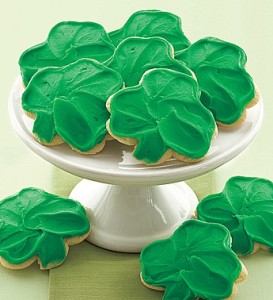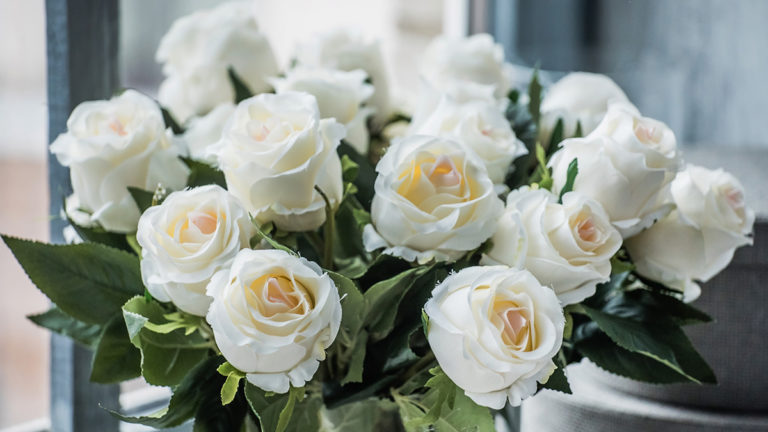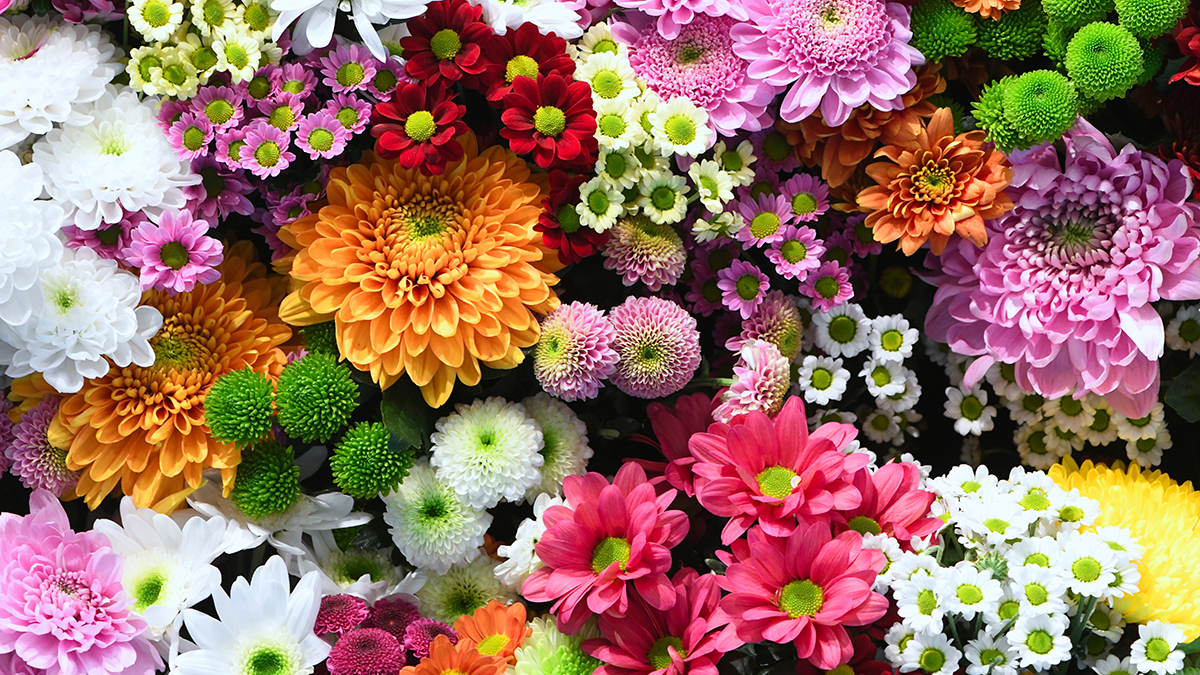It seems every year around March 17, the world gets a bit greener and Irish pride is on the tip of everyone’s tongue. Whether you are celebrating tradition or simply celebrating for the fun of it, there’s one symbol that’s bound to pop up in St. Patrick’s Day festivities: the shamrock. But how did this tiny little plant become such an important symbol in this Irish celebration? Read on for the history of this fun-filled holiday and get into the festive St. Patrick’s Day spirit by slipping one of these beauties into your clothes, crafts, and even into your cocktails!
What is a shamrock?
The shamrock, derived from the Irish word seamrog meaning “little clover”, refers to the sprigs on a clover plant. Although the 4-leaf clover may come to mind when we think of luck, most shamrocks are have only 3 leaves! The 4th leaf grows scarcely and is said to bring luck to those who find it. There is no defined clover which signifies a shamrock, but many officials claim it is the simple white clover that bears the shamrock name. Other 3-leaved clovers which can be considered shamrocks are the lesser clover, red, clover, and black medick.
Significance of the Shamrock
The significance of this plant is said to be derived from the period during the 5th century when Saint Patrick was helping to spread Christianity in Ireland. It is said he used the 3 leaves of the shamrock to describe the holy Trinity. Additionally, during the English takeover of Ireland, Irish citizens proudly wore shamrocks on their clothing to display their Irish pride and strength.
Today, St. Patrick’s Day celebrators – both Irish and Irish-for-the-day – show off this historically significant plant as they wear green and give out kisses to their Irish friends.






Comments are closed.